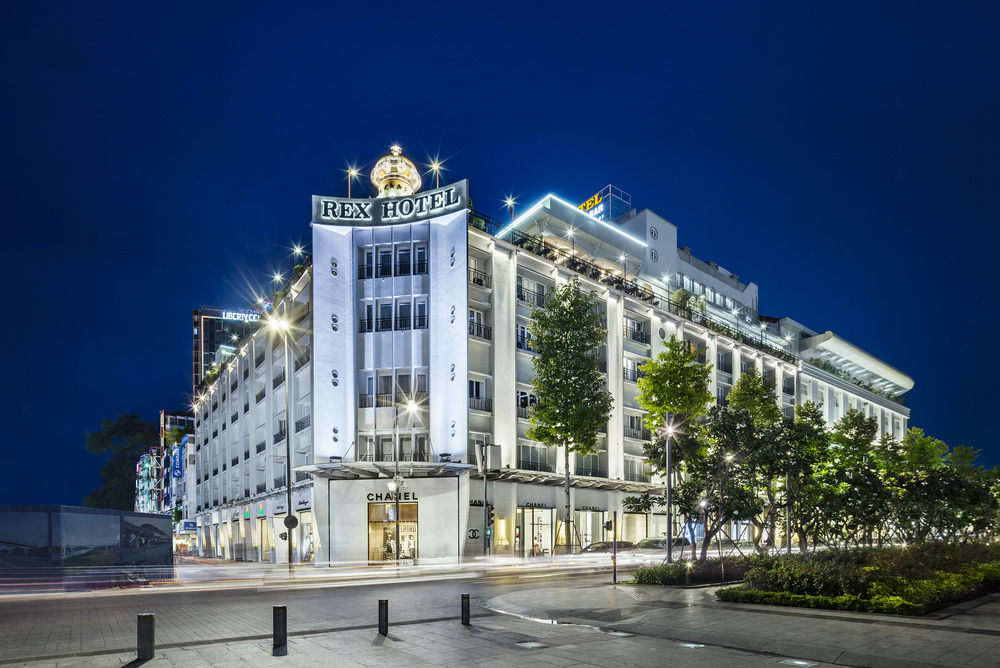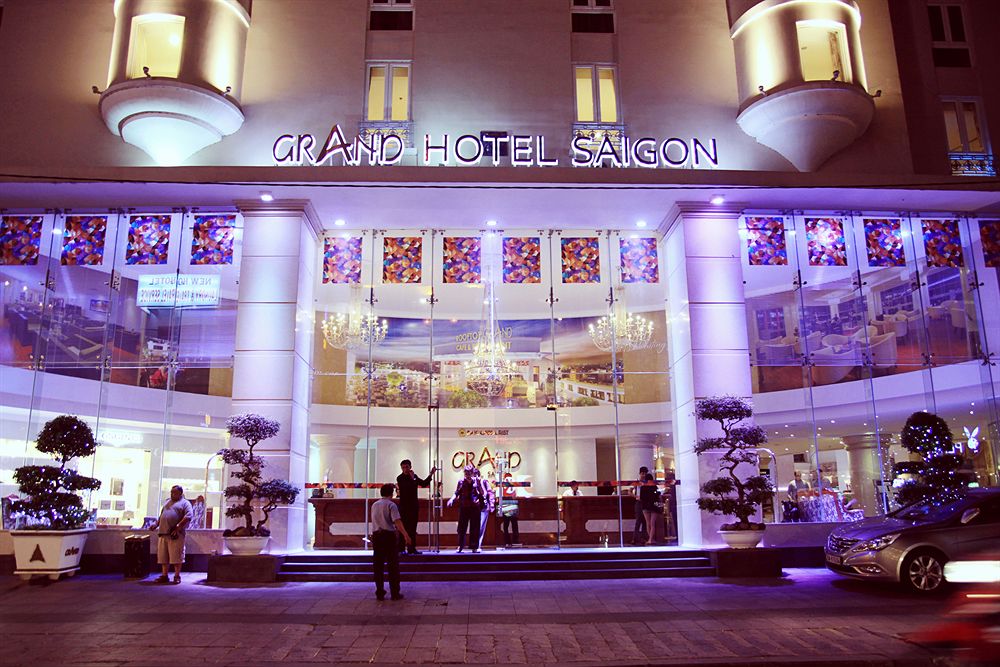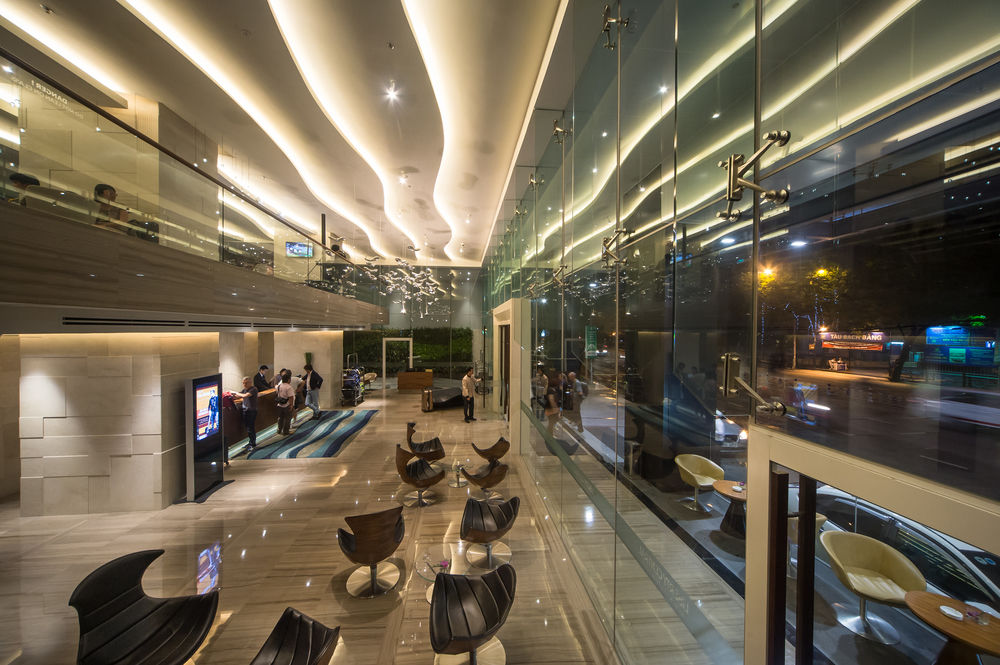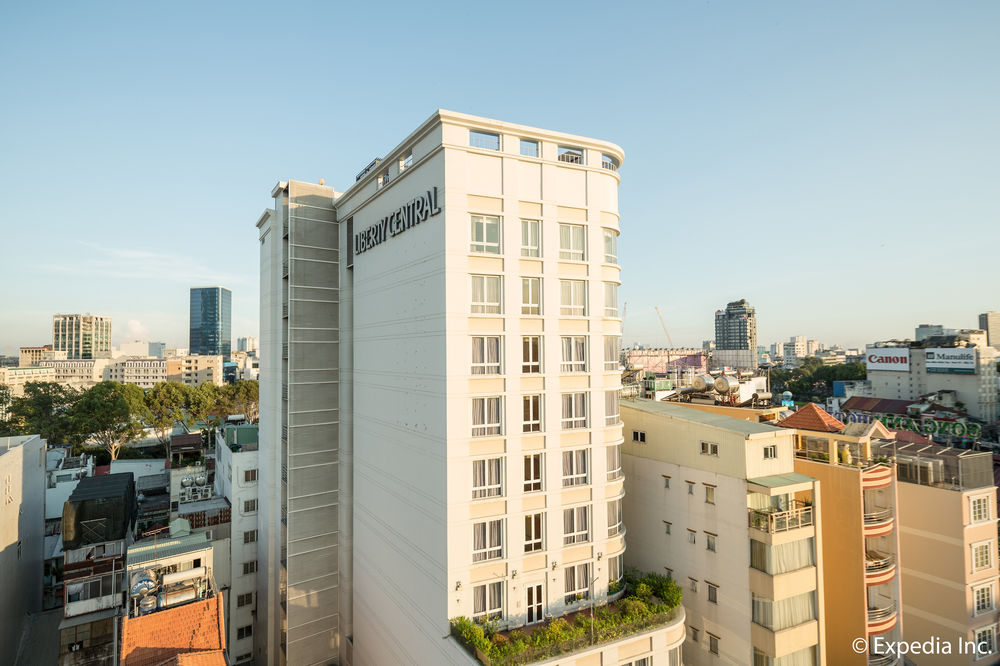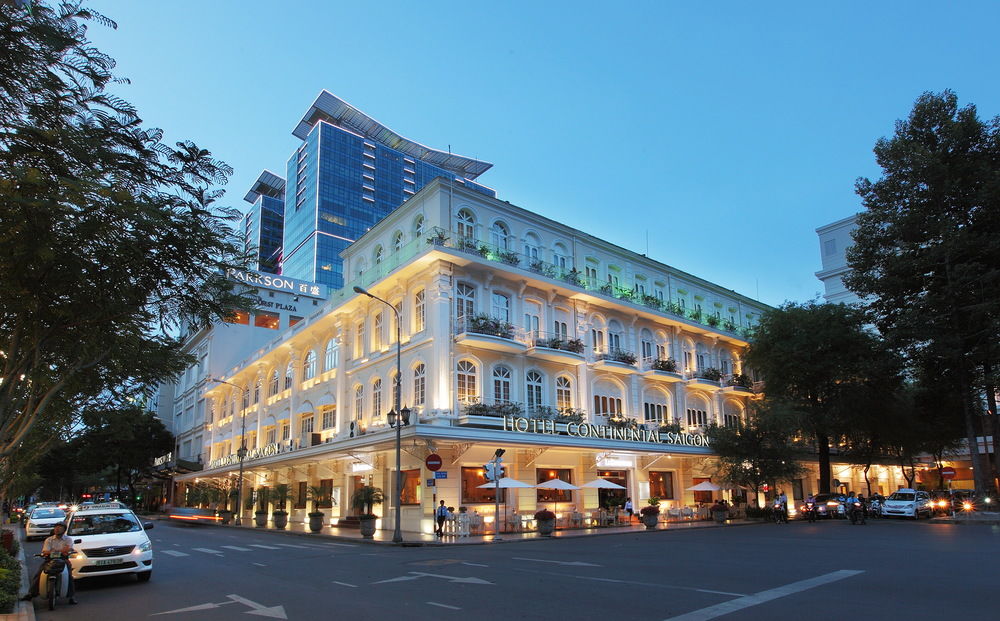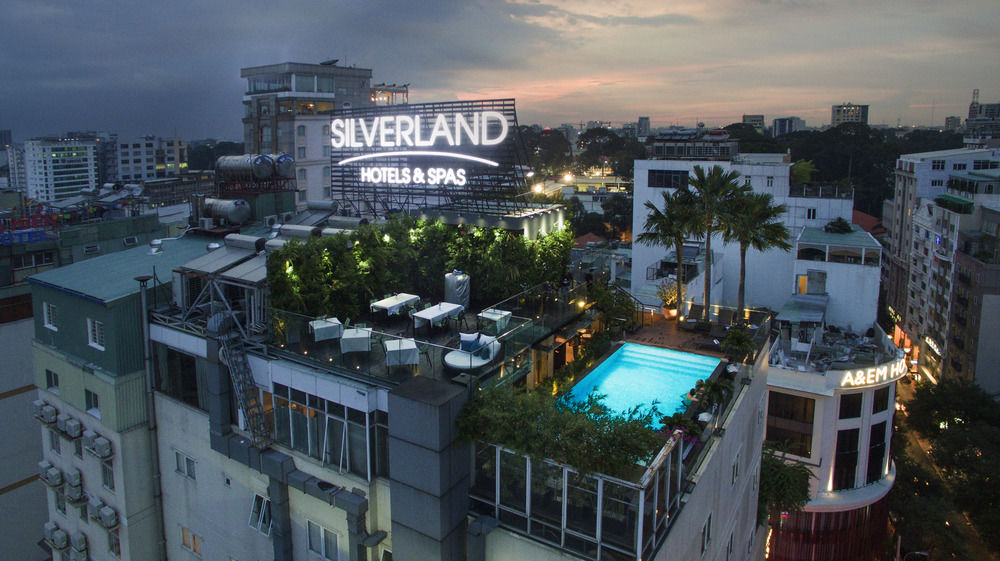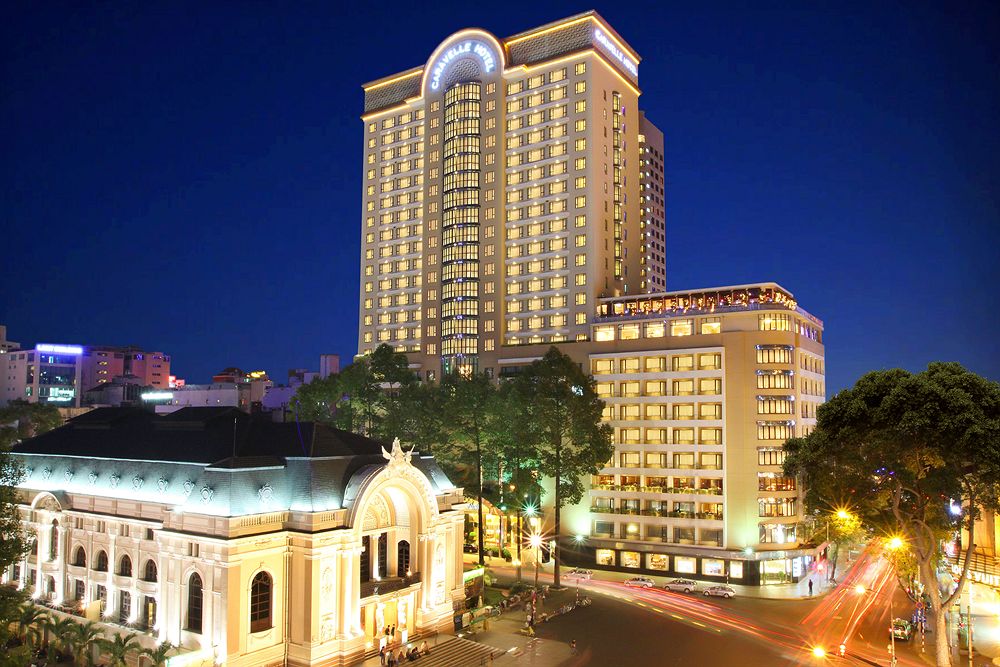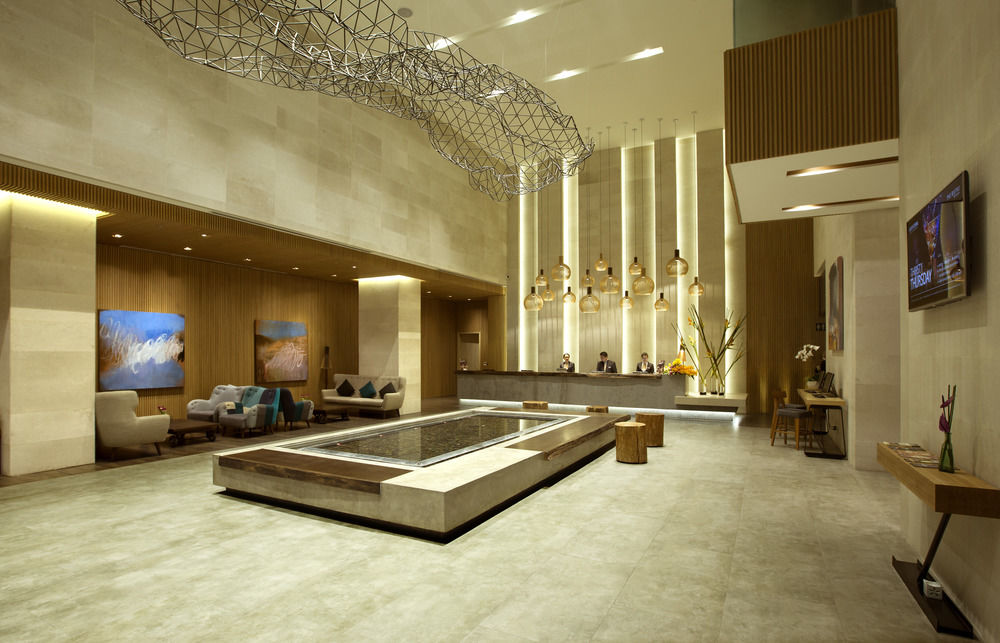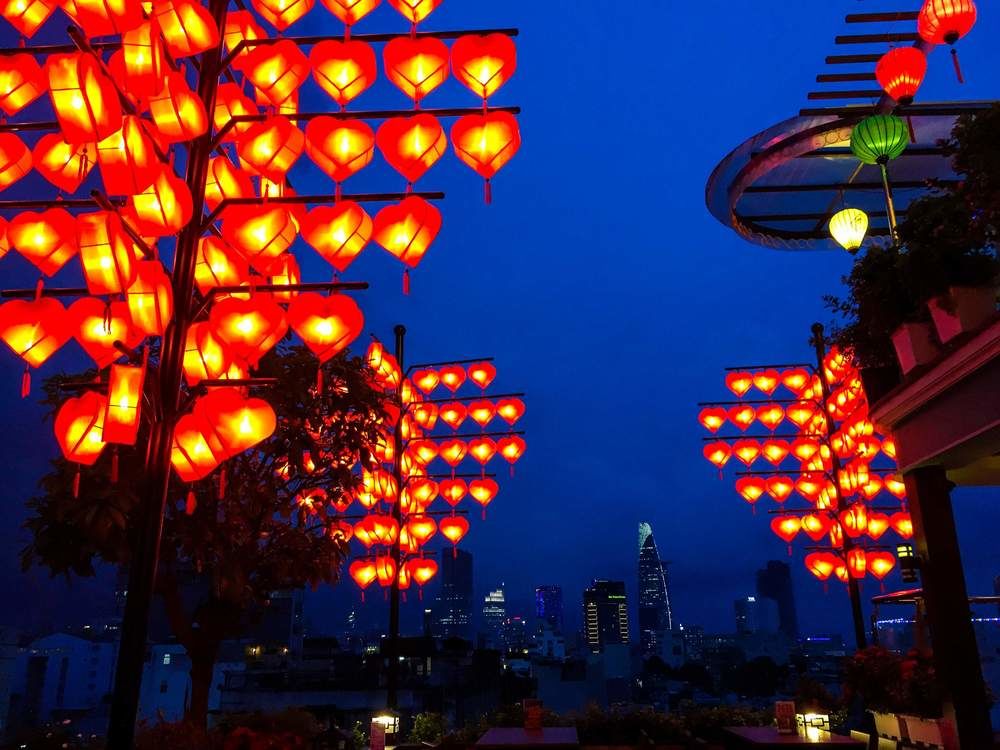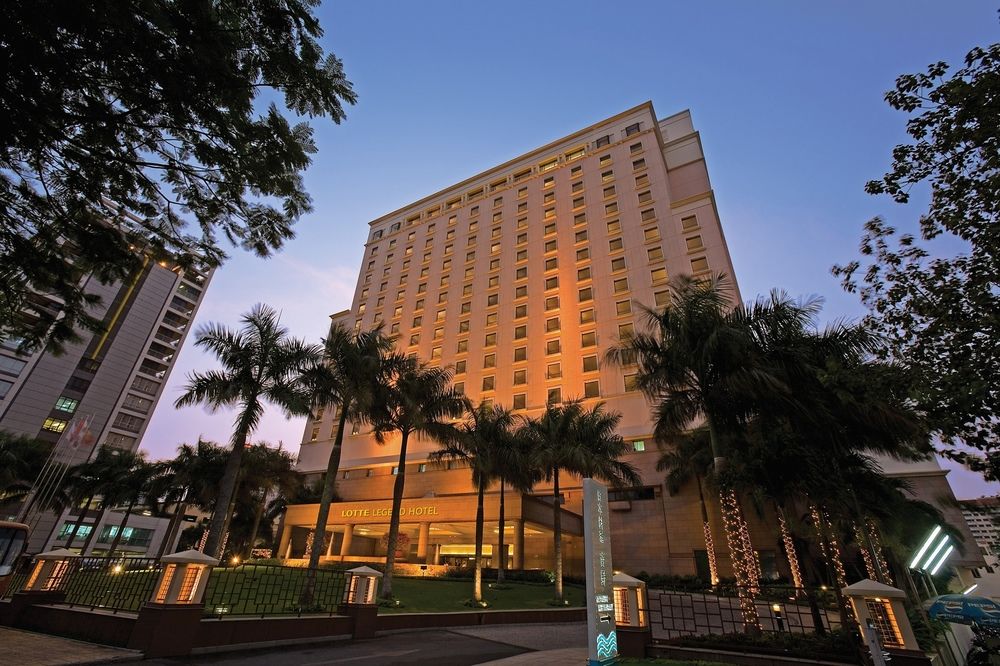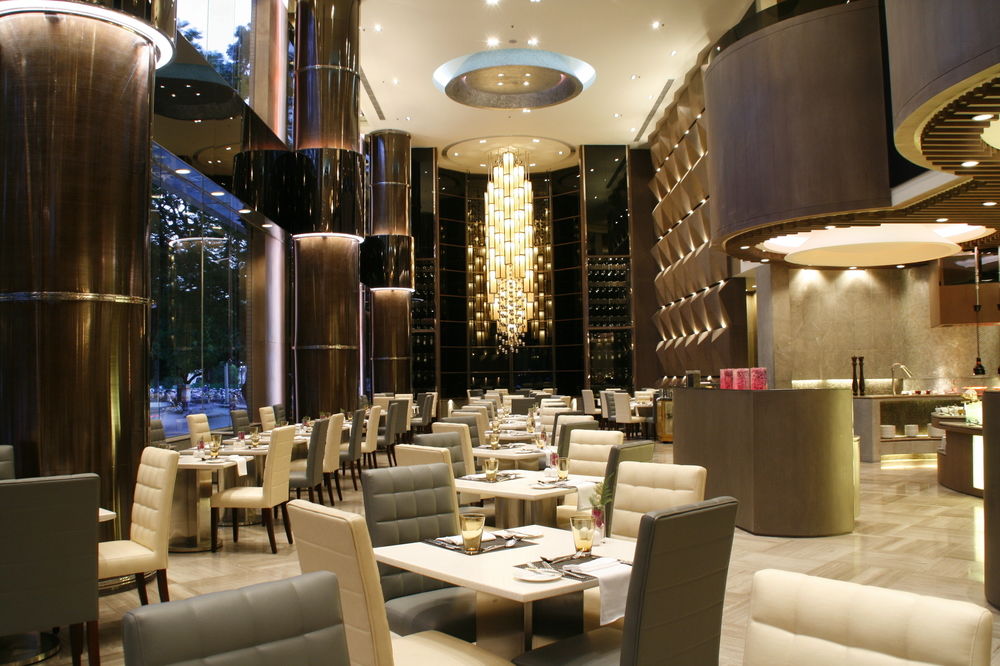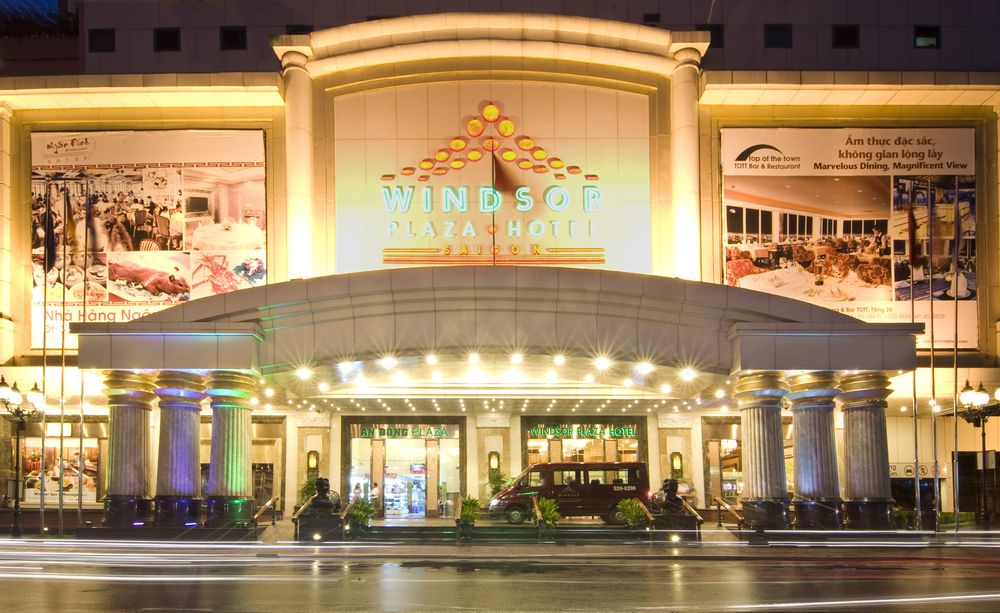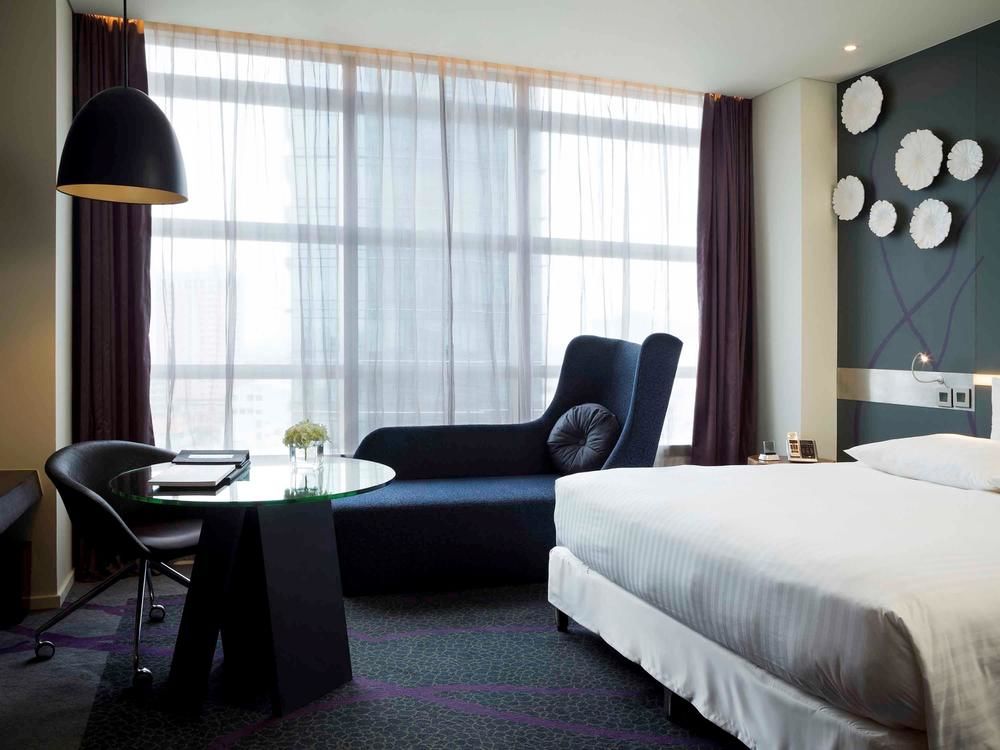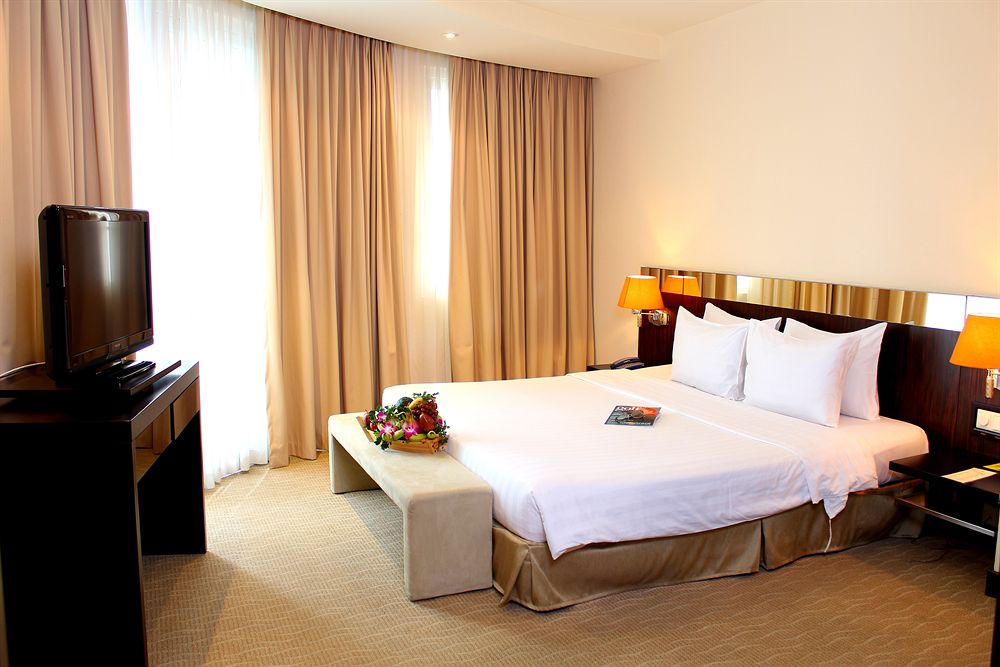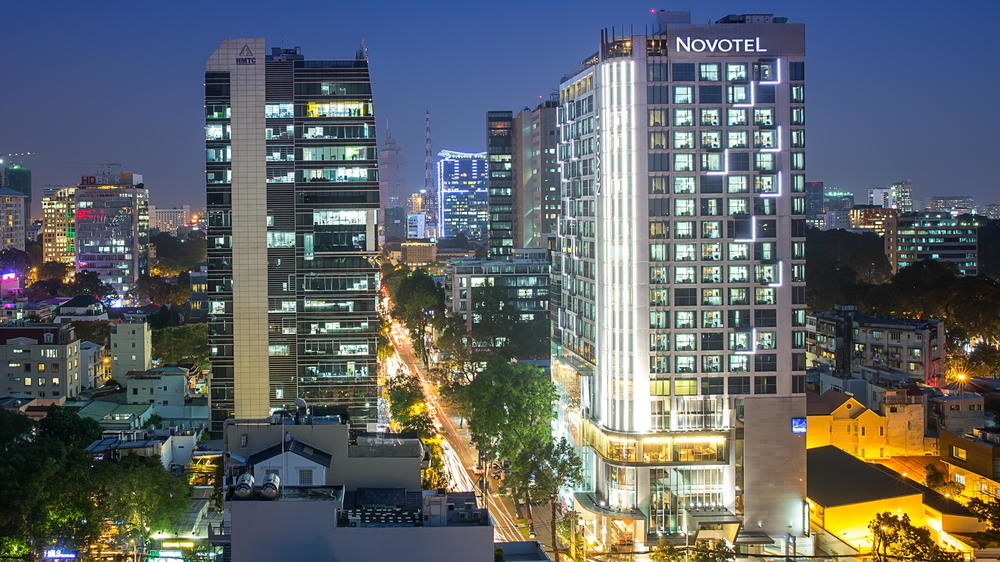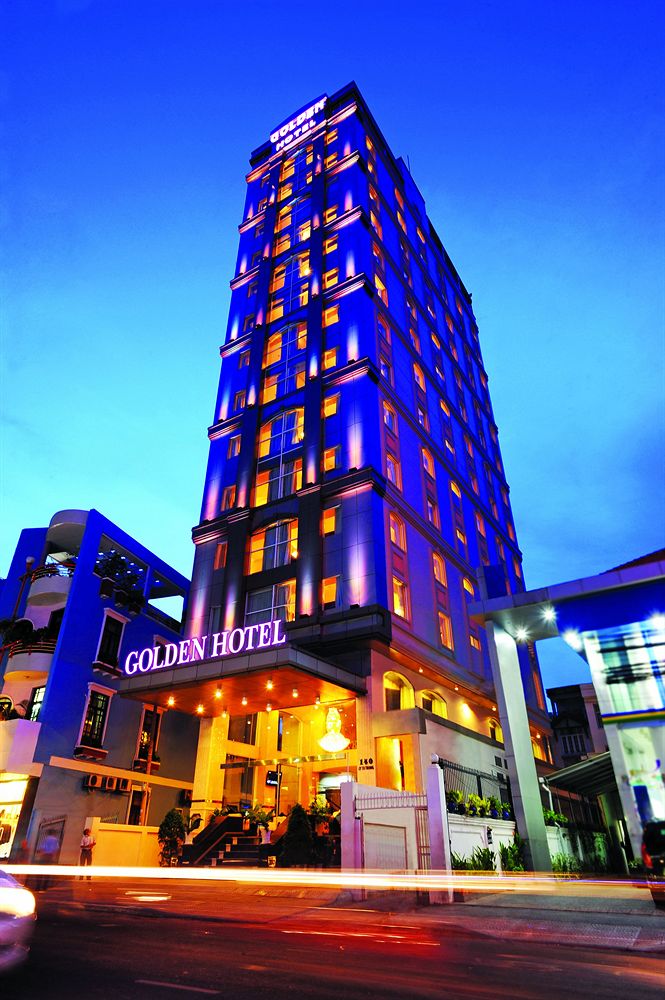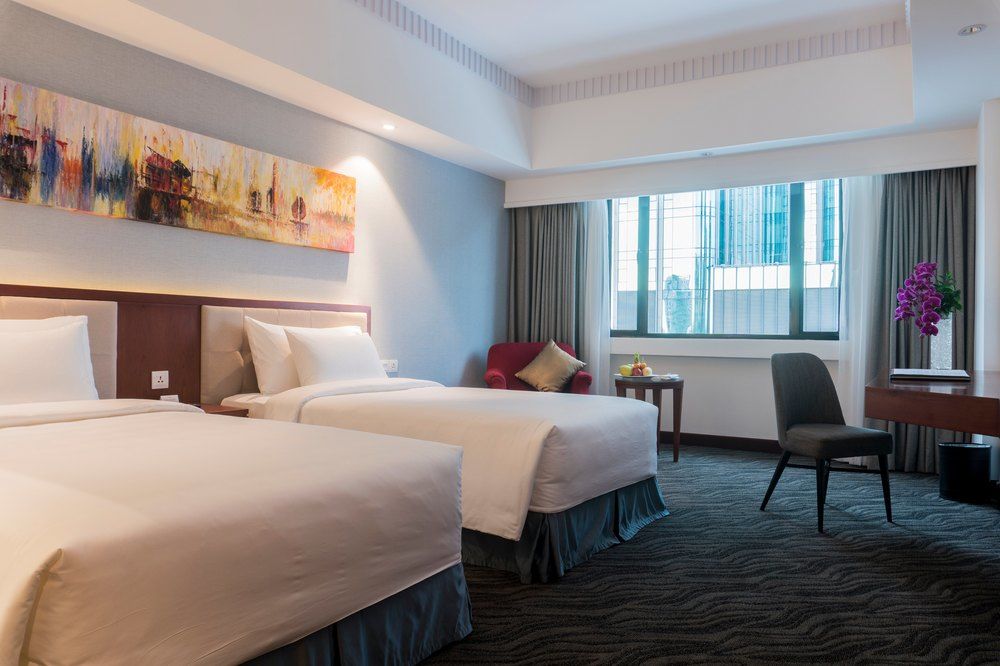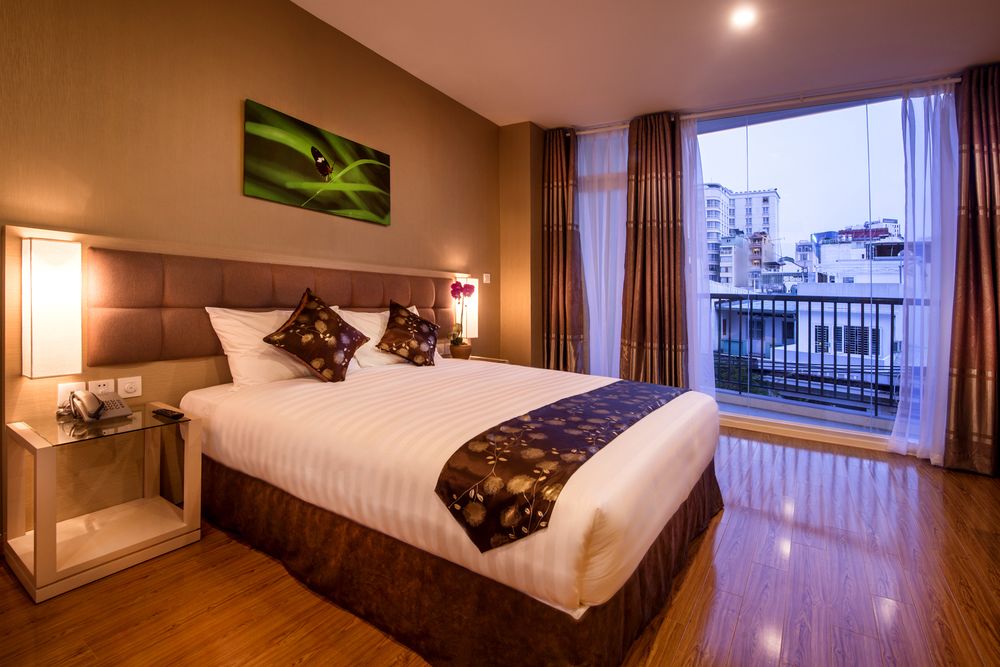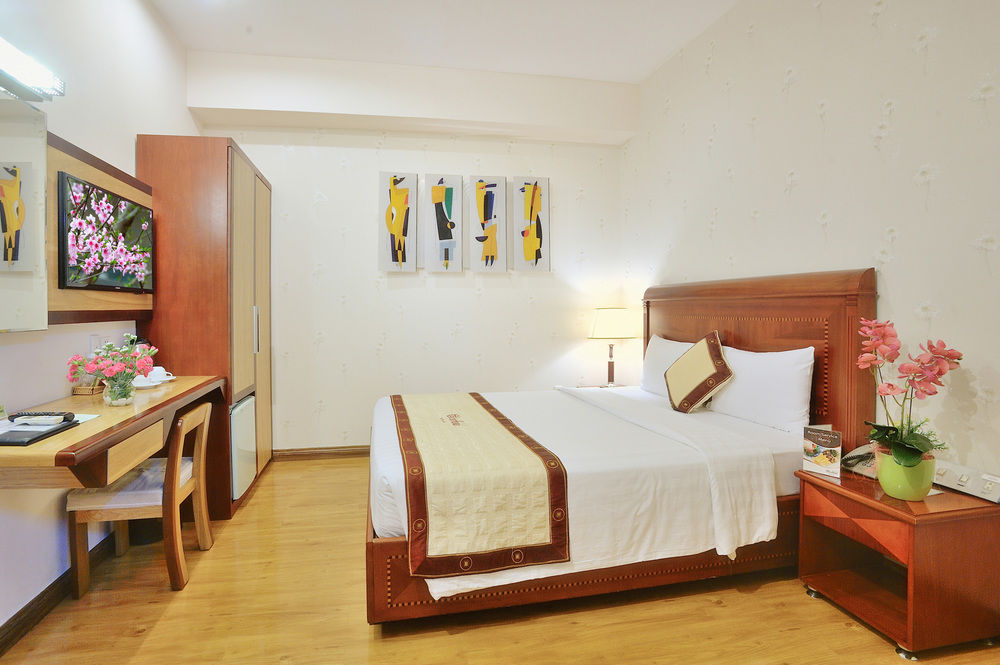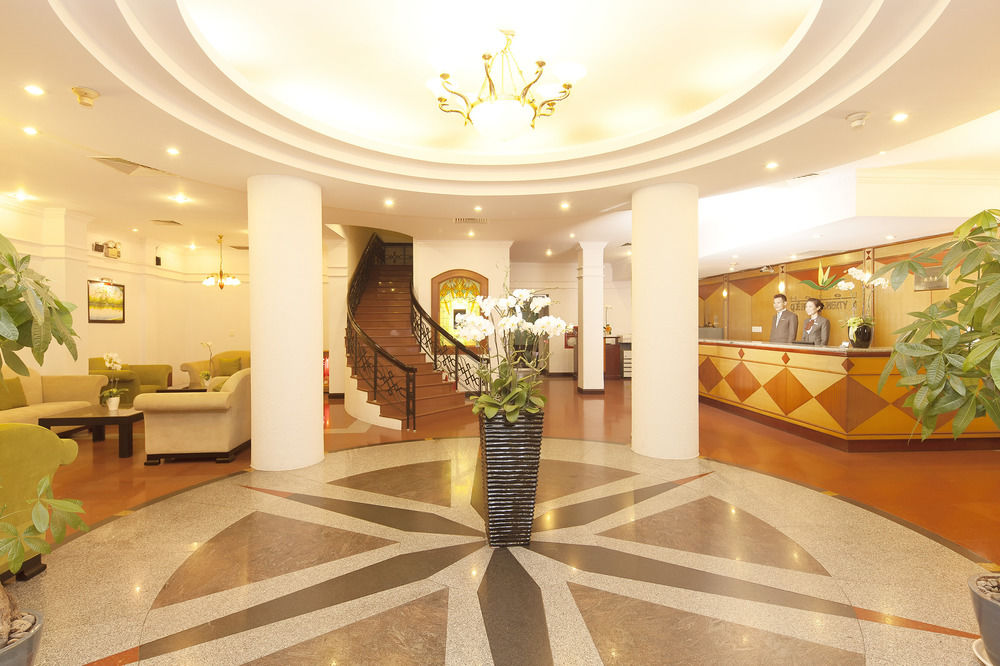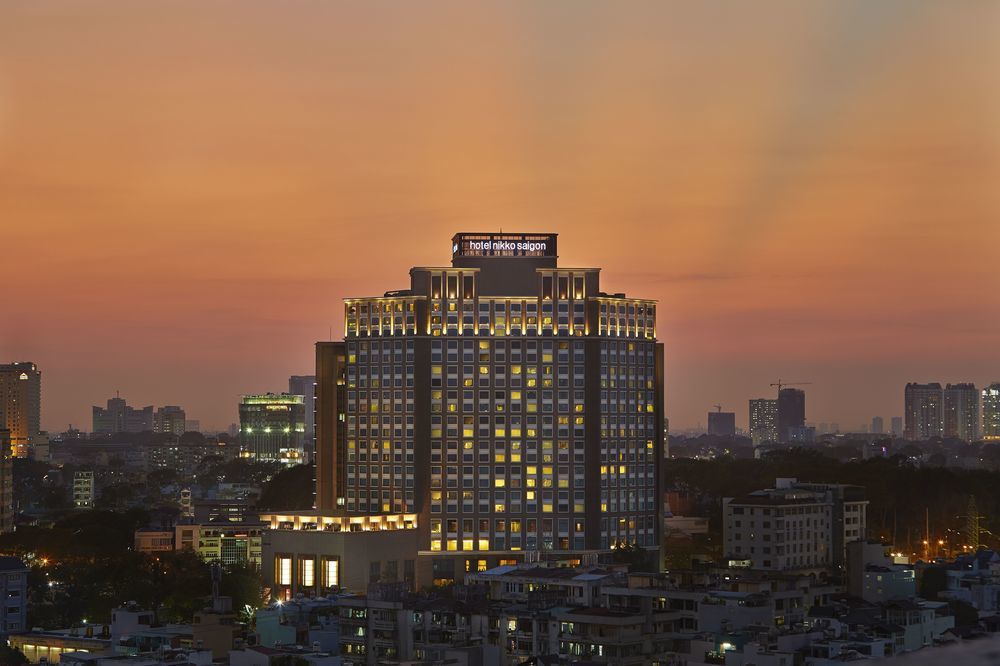
ホーチミンホテル検索結果
AIが見つけた軒のホテルの最安値をご覧ください。
ベストホテル
最安値のホテル
ホテル等級
AIおすすめ
ホーチミンベストホテル
ホーチミン 最低価格のホテル
最高評価のホテル
ホーチミンにある5つ星ホテル
ホーチミンにある4つ星ホテル
ホーチミンにある3つ星ホテル
AIがおすすめする世界の旅行先
ホーチミン近くのホテル情報
ホーチミン 旅行に欠かせない情報
“The economic and commercial center of Vietnam”
Ho Chi Minh City (Vietnamese: Thành phố Hồ Chí Minh; [tʰàjŋ̟ fǒ hò cǐ mīŋ̟] ( listen) or [tʰàn fǒ hò cǐ mɨ̄n]; formerly French: Hô-Chi-Minh-Ville), also known by its former name of Saigon (Vietnamese: Sài Gòn; [sàj ɣɔ̀n] or [ʂàj ɣɔ̀ŋ]), is the largest city in Vietnam by population. It was known as Prey Nokor (Khmer: ព្រៃនគរ) prior to annexation by the Vietnamese in the 17th century. Under the name Saigon, it was the capital of the French colony of Cochinchina and later of the independent republic of South Vietnam 1955–75. On 2 July 1976, Saigon merged with the surrounding Gia Định Province and was officially renamed Ho Chi Minh City after revolutionary leader Hồ Chí Minh (although the name Sài Gòn is still widely used).The metropolitan area, which consists of the Ho Chi Minh City metropolis, Thủ Dầu Một, Biên Hòa, Vũng Tàu, Dĩ An, Thuận An and surrounding towns, is populated by about 12 million people, making it the most populous metropolitan area in Vietnam. The city's population is expected to grow to 13.9 million by 2025. The population of the city is expanding faster than earlier predictions, and it wasn't until August 2017 that the city's Mayor, Nguyen Thanh Phong, admitted that previous estimates of 8-10 million were drastic underestimations.
And the actual population (including those who have not officially registered) was estimated 13 million in 2017.
The Ho Chi Minh City Metropolitan Area, a metropolitan area covering most parts of the southeast region plus Tiền Giang Province and Long An Province under planning, will have an area of 30,000 square kilometres (12,000 sq mi) with a population of 20 million inhabitants by 2020.
 時間 UTC+07
時間 UTC+07 通貨 VND
通貨 VND 言語 Vietnamese, English, French, Chinese, Khmer
言語 Vietnamese, English, French, Chinese, KhmerStaypiaだけの特別な特典
リアルタイムホテル最安値比較
AIが見つけたin ホーチミンの軒のホテルのリアルタイム最安値を簡単に比較検索できます。
316万軒のホテルを最安値で予約
最低価格に最大31%追加メンバーシップ割引でさらにお得にご予約いただけます。
自分だけの
AIがリアルタイムで更新するホーチミン旅行情報で便利に旅行を準備しましょう。
よくある質問
ホーチミンで最も人気のある5つ星ホテルはHotel Nikko Saigon, Hotel Majestic Saigon, Rex Hotel Ho Chi Minh Cityです。 ホーチミン 評価順にホテルを見る
一般的なホテルの場合、客室予約はキャンセル締切日前まで無料返金が可能です。キャンセル締切日以降は手数料が発生する場合がありますので、ホテルバウチャーまたはメニュー>マイ予約でキャンセル締切日をご確認ください。
ステピアでは、AIが収集した316万件のホテルの最安値はもちろん、会員限定の追加割引価格で人気ホテルを予約することができます。

